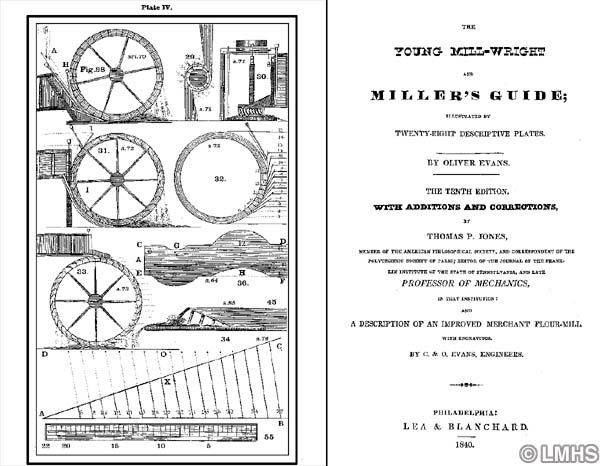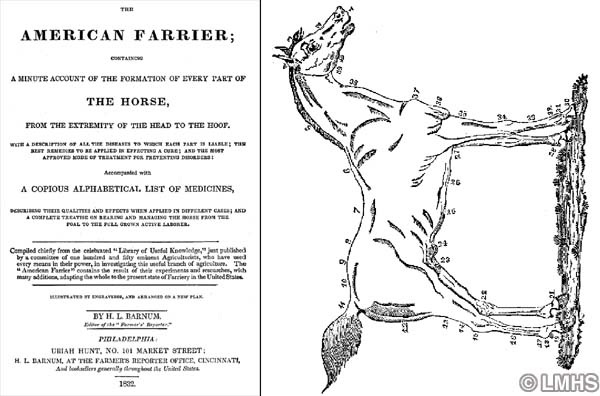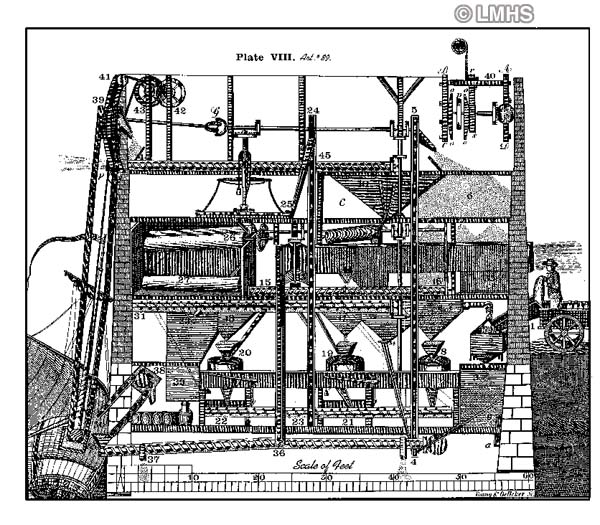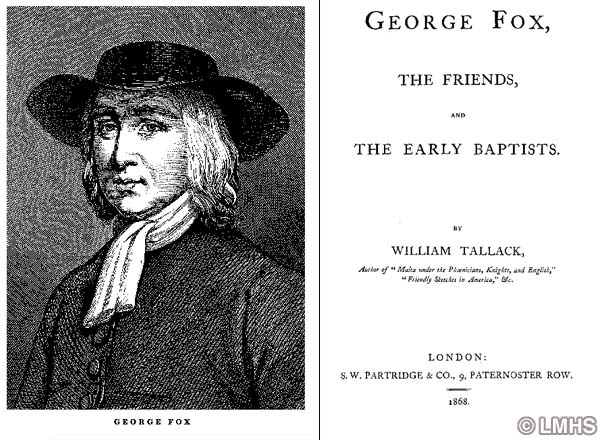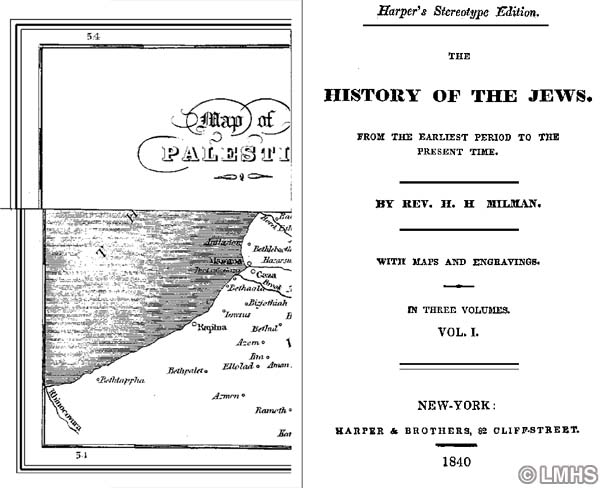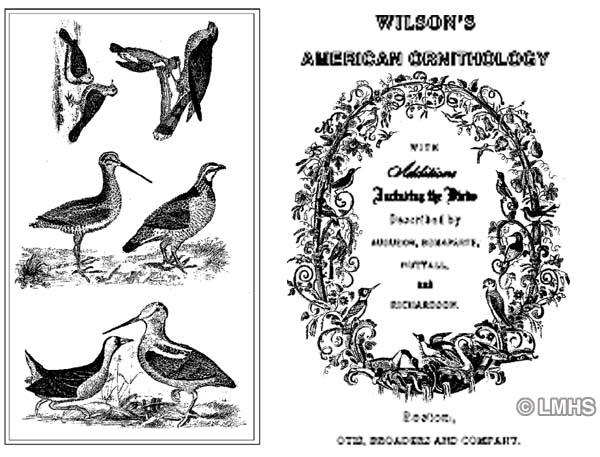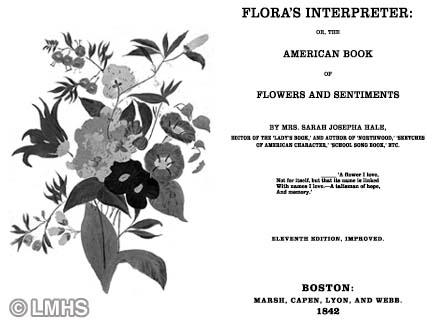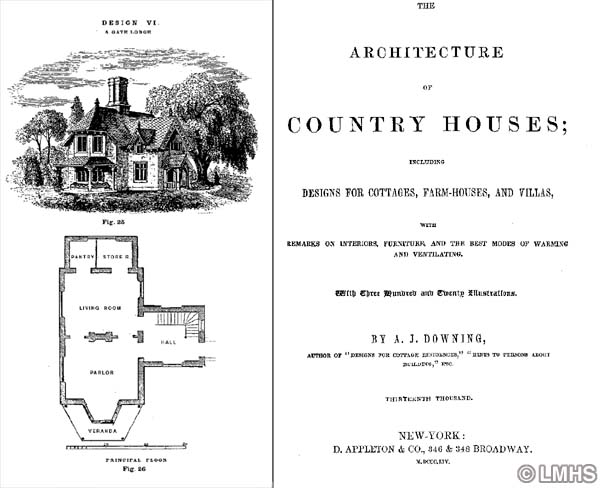Lower Merion Academy
Jacob Jones, a devout Quaker, seemed to believe in education for all children whether they could afford it or not. Since he had no children of his own, he left an enduring educational legacy to the entire community. Jacob provided a trust and appointed Trustees to make his dream become a reality. The Trustees fulfilled Jacob’s wishes by constructing a building, hiring teachers, governing the free school and admitting as many poor and orphan children from the Township as the proceeds of the trust would dictate. After the Township became part of the “general system of education,” the Lower Merion Academy became one of the first centers of learning. While the Academy has passed through as many changes as society has, the Academy always remained a constant symbol of education and benevolence.
Three wills provided funds for the Academy building: John Roberts left 50 pounds in his 1803 will; Elizabeth George, in a will proved three years later, directed the residue of her estate be given to the estate of Jacob Jones, her brother. It is, however, the will of Jacob Jones which was the most generous in funding of the Academy. In his September 1803 will, he gave not only 800 pounds to erect the school building, but another 500 pounds in trust on landed security to employ teachers.
The interest from the monies was to employ teachers and to instruct free of expense “…as many Poor and Orphan children of both sexes living in the Township…without regard to their religious Profession or Education.” He included a parcel of land (approximately 10 acres) “…at the West end of my Plantation…” Although the will was proved in April 1810, the trust was not established until the death of his wife, Mary, the following year.
Jacob based his will on several Quaker principles set forth in the Yearly Meeting directive of September 1778. It offered constructive advice on how to establish Quaker schools; for example, land to be provided for raising food and to erect a house so the teacher would not have to board with families of students, which was the custom.
The directive also encouraged Friends to provide a fund so the teacher could be paid and “poorer Friend’s children” could attend. Jacob, however, went one step further and included all the children in the Township regardless of their religion.

The Trust and the Trustees
Jacob appointed five men and their heirs and assignees to oversee the trust. In the beginning, they had to decide who would build the school, how it should be constructed, how the school would be governed, who would qualify for the “free of all expenses” schooling, and who would teach.
The Building
In 1812, the Trustees selected Joseph Price and Nathan Lewis, contractors “for Building Lower Merion Benevolent School house.” The memo stated that the Trustees would pay $5,700 which the builders would use to pay for the materials and wages of the workmen. The “architects” were to find the materials for building “…a good and substantial stone house for a school and the accommodation of a Family 55 feet front and 36 deep three stories in the front and two stories and a Cellar back.”

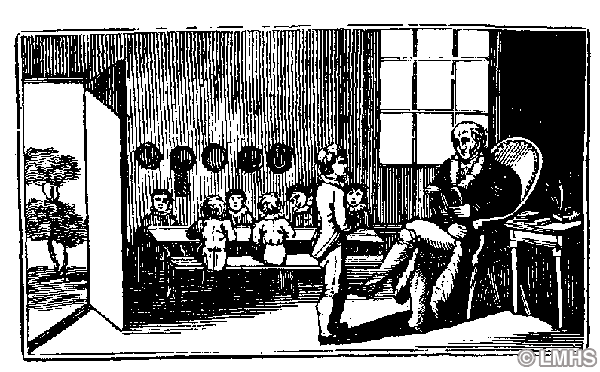
The Plan
The ground floor consisted of a dining room, cellar, and kitchen with a bake-oven fireplace, sink and flues for “boilers.” The second floor was divided into three rooms: one for a large schoolroom, another for a small schoolroom, and the third room was for the “accommodation of a Family.” An entry and staircase was to separate the large room from the smaller rooms. The large schoolroom had a master’s seat and desk with enough seats and tables for forty “scholars.”
The building was to be finished and painted on May 1, 1813. An insurance survery done for the Green Tree Mutual Assurance Company the following year, placed an evaluation of $4,600 (1814 dollars) on the schoolhouse. The schoolhouse with so many rooms and levels was an unique example of public architecture for its time.
The Teachers
The building also served as a residence for the Headmaster and his family, and other teachers as well. Trustees agreed to hire teachers who “unequevocally profess to be a believer of the Purity and Divinity of the Christian religion…and best Qualifyed by theire Moral conduct and Scientific abilities.”
An early teacher’s contract with Joshua Hoopes, the first Headmaster, was for three years and five months. Joshua was expected to farm the ground, keep the buildings in good repair and teach the “scholars.” He had to pay 50 cents for each student he taught for each quarter, as rent for occupying the schoolhouse and using the acreage and the farm buildings. Joshua also needed the approval of the Trustees to hire other teachers.
Those who succeeded Hoopes lasted for one to three year terms, except for Israel Irwin who served for 23 years. Teaching was not as secure a profession as it is today.


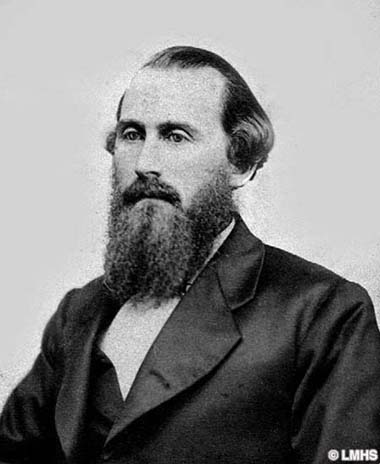
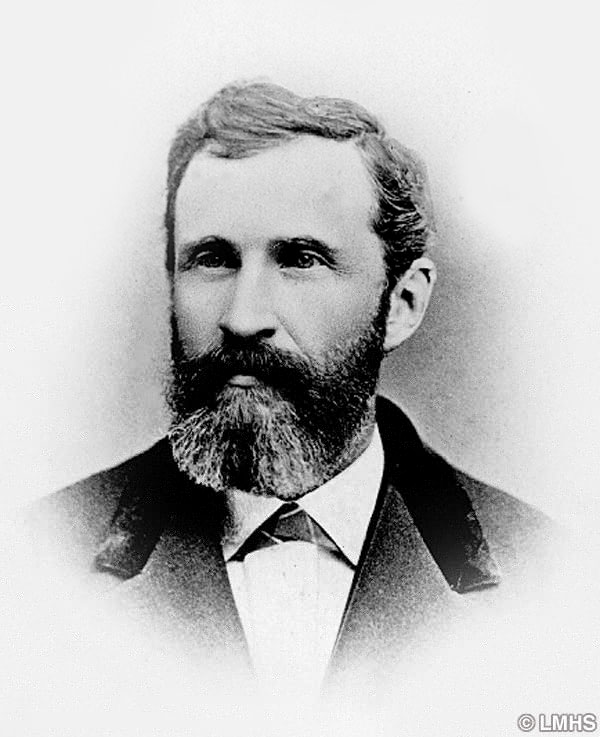
The Opening
The Lower Merion Benevolent School opened its doors to students of both sexes on November 1, 1813. Girls were taught reading, writing, arithmetic, English grammar and plain needlework. The boys were taught reading, writing, English grammar, Vulgar and Decimal Arithmetic. Tutition was three dollars per quarter “with reasonable compensation for firewood and stationary…” The Trustees held quarterly examinations of the students with their parents, guardians, or masters present. Attendance was often poor.
The System
In 1834, Pennsylvania enacted a law to “establish a general system of education by common schools.” Until that time, several types of schools were operating within the Township: schools run by churches; by trustees who held the school as real estate for the benefit of the neighborhood; by a teacher for profit and by bequest.
By November 1835, six schools (including the Academy) formally joined as “common schools.” For the year 1836, the directors of the Lower Merion School District agreed to pay $150 to use the Academy. This joint administration of the School Directors and the Trustees governed the school until 1914, when the Academy closed. The larger Cynwyd Elementary School was built on Academy grounds, due to an increase in the stable school population.



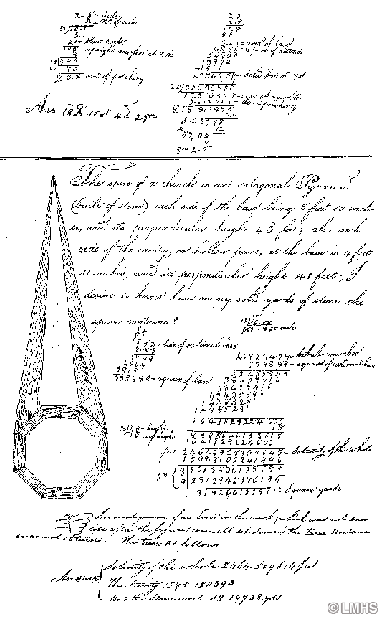
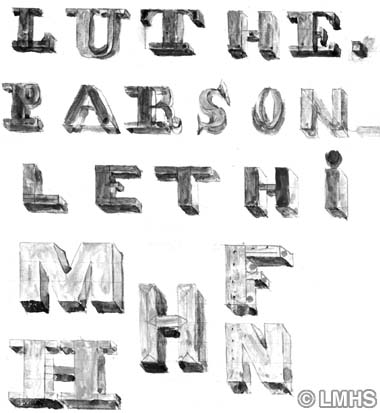
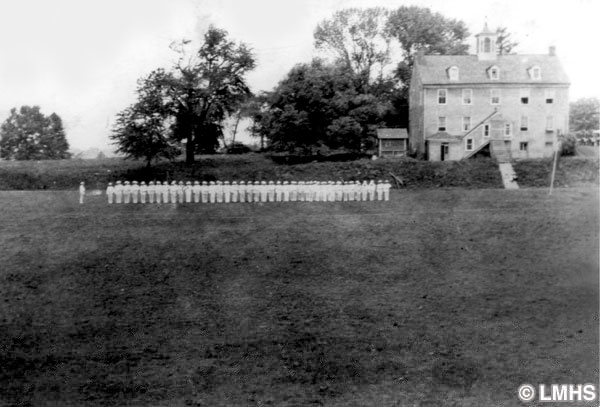
Union Sunday School
While the Academy took care of the educational needs of the community, the Union Sunday School provided the spiritual needs. Before there were enough people to support separate congregations, the Union Sunday School filled the void. At first, the Trustees allowed the Sunday School to meet at the Academy. Clifford Levering and Israel Irwin, two Headmasters of the Academy, became the Superintendents of the Sunday School. From 1861 to 1915, the Sunday School provided a place for non-sectarian worship and was the center of social acitivity in the community: strawberry festivals, oyster suppers, picnics, a speaker on Anniversary Sunday.


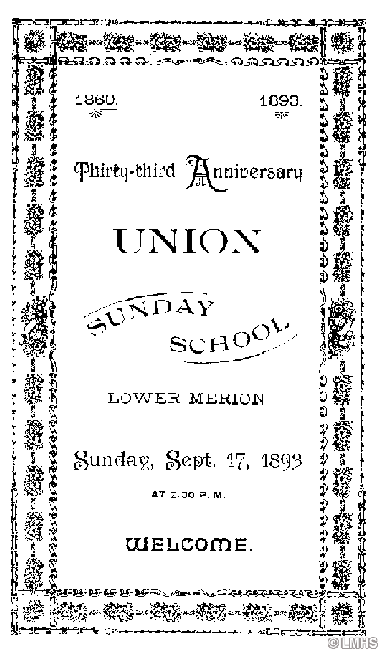
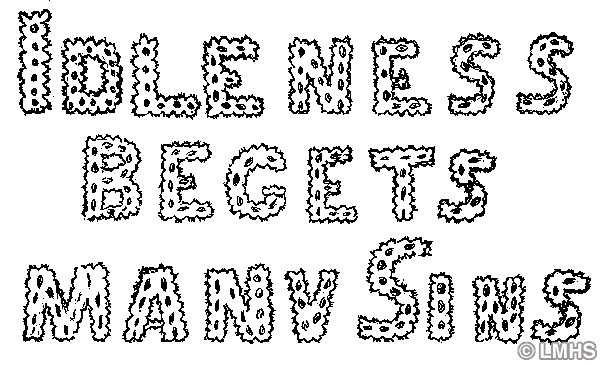
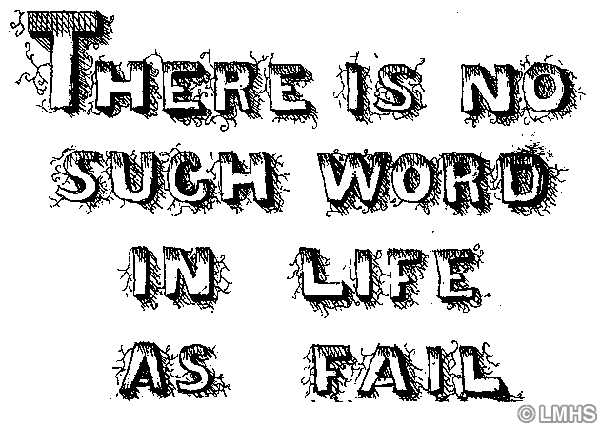
The Library

Education expanded beyond the walls of the Academy into the community when, in 1842, the Trustees established the Lower Merion Literary Company on the third floor.
The library was established by people who donated their own books. Supplemental funds were raised by selling stock shares which purchased the “Harpers’ Family Library” and the “Harpers’ Classical Library” of 434 books, at a cost of 50 cents a volume.
To this core Quaker collection, other titles were selected to give the library an uncensored window on the world. Such thoughtprovoking authors as de Tocqueville, Dickens, Darwin and Harriet Beecher Stowe were liberal additions.
By 1874, the collection had grown to over 1,400 volumes and the Academy was overcrowded. After the Union Sunday School was relocated to its own building in 1876, the entire library went to the new facility.
With the construction of the Cynwyd Elementary School in 1914, the Union Sunday School was removed, and the library was left without a home.
In 1915, the Bala-Cynwyd Library Association was founded (with the help of the Bala-Cynwyd Women’s Club) to preserve the library for the community.
